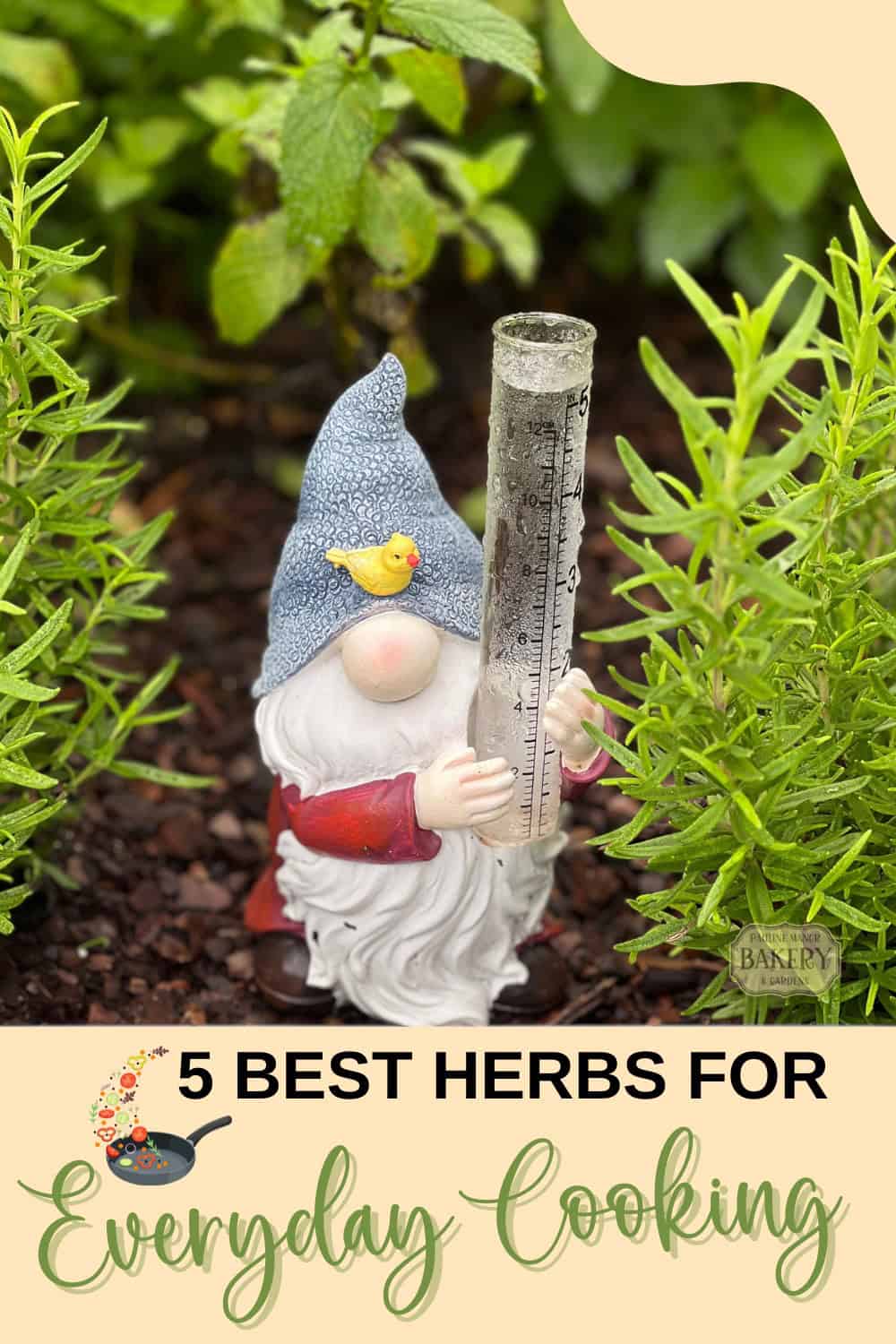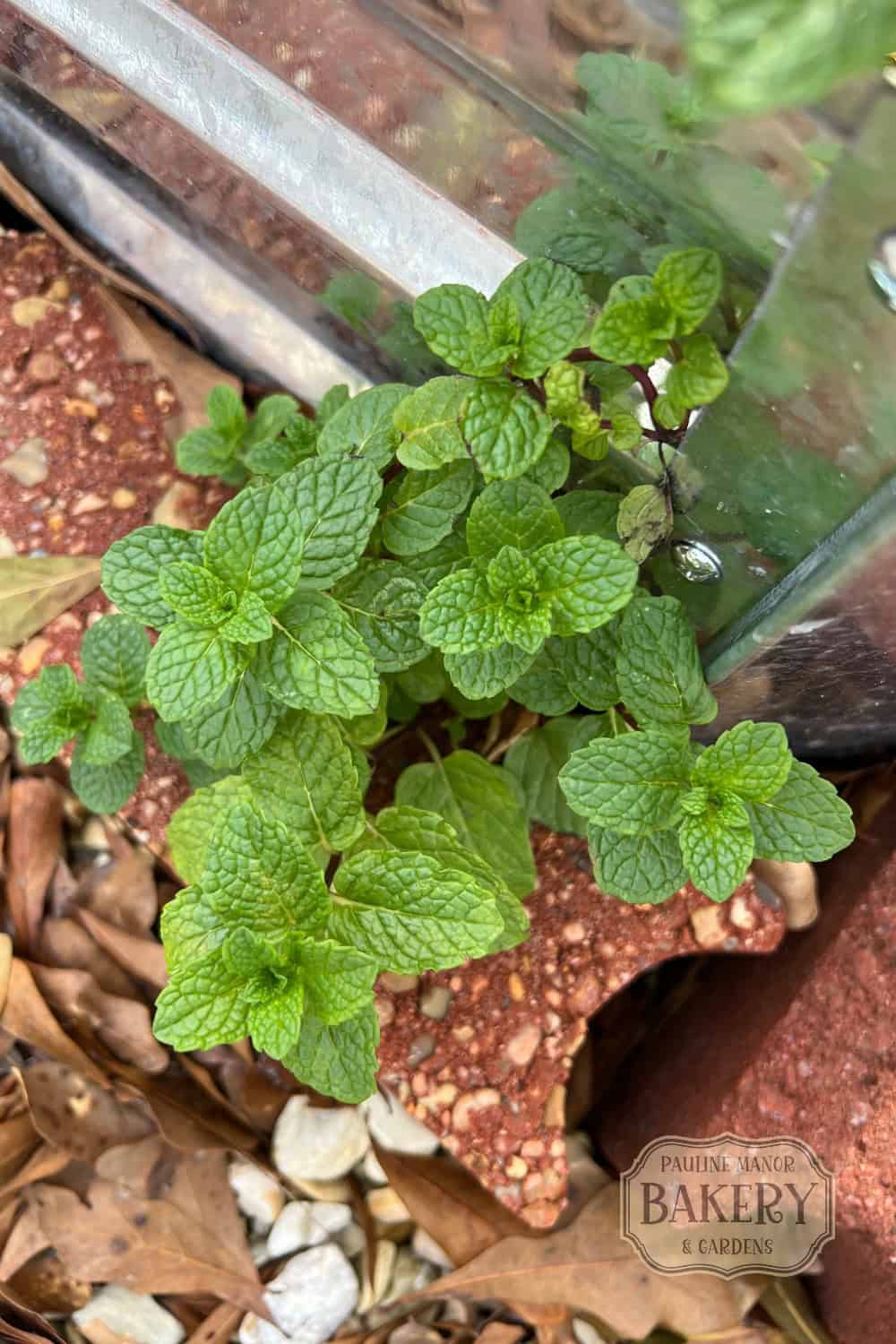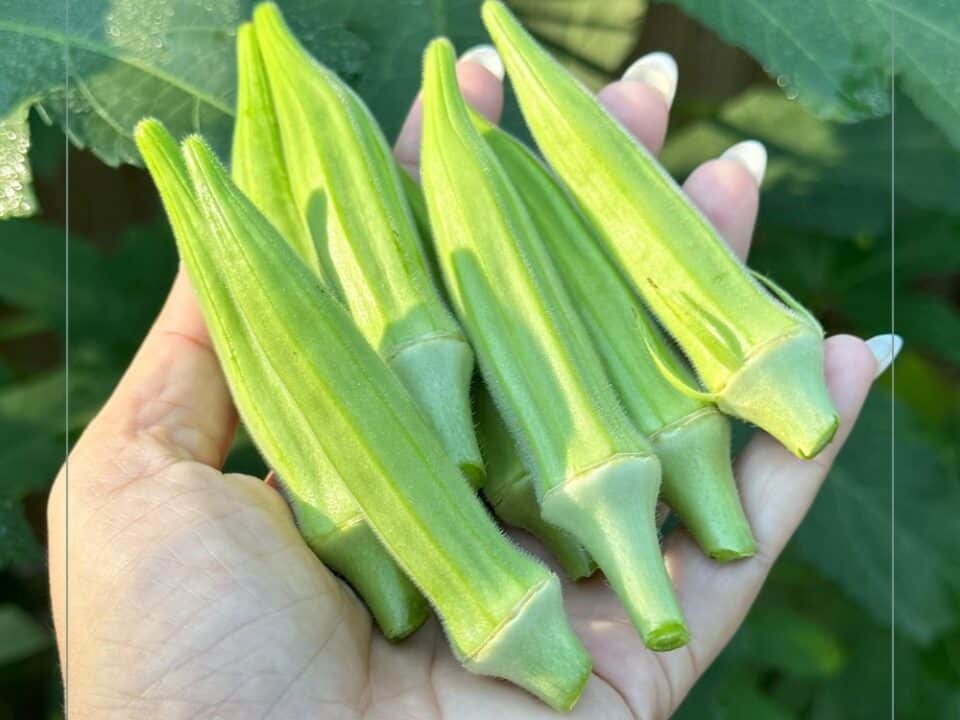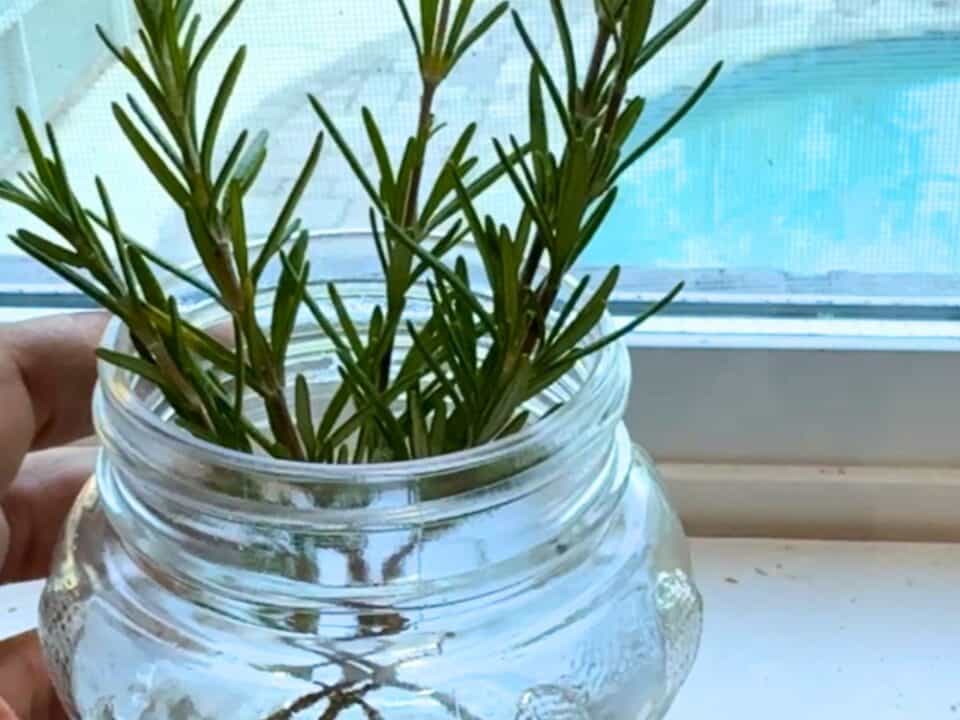The 5 Best Herbs to Grow for Everyday Cooking
There’s something about walking outside, grabbing a handful of herbs, and tossing them straight into dinner that just feels so satisfying. The smell hits you before you even get back inside, and the flavor is way better than anything that has been sitting on a shelf in the grocery store. Plus, you only cut what you need, so nothing gets slimy in the fridge, which feels like a tiny win every time.

The best part is you don’t need a huge garden to pull it off. A sunny windowsill, a couple of pots on the porch, even a little corner of a raised bed is plenty. If you’re ready to give your cooking a fresh boost, start with these five herbs. They’re easy to grow, low-stress for beginners, and you’ll find yourself tossing them into just about everything.
1. Basil
Basil is the undisputed star of summer gardens. This warm-weather herb loves full sun and regular watering. Pinch off the flower buds as they appear to keep the plant leafy and productive.
How to use it: Fresh basil pairs beautifully with tomatoes, garlic, and olive oil. Tear the leaves over a caprese salad, blend them into a bright pesto, or toss a handful into pasta right before serving so the flavor stays sweet and fragrant. You can also steep basil in olive oil for a simple homemade infusion.
2. Rosemary
Rosemary is a tough perennial that thrives in hot, dry conditions once established. Give it a sunny spot and well-drained soil, and it will grow into a fragrant shrub that lasts for years.
How to use it: Woody rosemary stems add a piney kick to roasted vegetables, chicken, and lamb. Slide sprigs under the skin of a whole chicken before roasting, or chop the leaves to mix into focaccia dough. You can even use long rosemary stems as skewers for kabobs for an extra hit of flavor.

3. Thyme
Thyme is a small but mighty herb that works hard in the kitchen. It tolerates a bit of neglect and grows well in containers or garden beds.
How to use it: The earthy, lemony notes of thyme shine in soups, stews, and slow cooker dishes. Add a few sprigs to simmering broth or slip them into a roasting pan with root vegetables. Strip the tiny leaves from the stems and sprinkle them over goat cheese or flatbreads for a quick appetizer.
4. Parsley
Parsley might seem humble, but it’s a workhorse for both flavor and presentation. It prefers rich soil and regular watering, and you can harvest the outer stems while the center keeps growing.
How to use it: Fresh parsley brightens everything from pasta to grilled fish. Stir chopped flat-leaf parsley into tabbouleh, gremolata, or chimichurri. A handful of finely chopped leaves sprinkled over roasted vegetables or a pot of soup at the end adds a fresh green pop.
5. Mint
Mint grows fast and can easily take over a garden bed, so plant it in a container to keep it in check. It likes partial sun and consistent moisture.
How to use it: Mint brings a cool, refreshing flavor to both sweet and savory dishes. Toss it into fruit salad, muddle it into mojitos, or add it to iced tea. It’s also wonderful in Middle Eastern dishes like lamb with yogurt sauce or a bright couscous salad.

Tips for Growing and Harvesting Herbs
- Sunlight matters. Most culinary herbs need at least six hours of sunlight a day. A sunny porch, raised bed, or bright kitchen windowsill works well.
- Don’t overwater. Herbs like basil and mint enjoy slightly damp soil, but rosemary and thyme prefer it on the dry side.
- Harvest often. Regular cutting encourages bushier growth. Always snip above a leaf node to keep the plant healthy.
- Preserve extras. Freeze chopped herbs in olive oil in an ice cube tray or hang small bundles upside down to dry for winter cooking.
Bringing Fresh Flavor to Your Kitchen
Growing your own herbs is one of the easiest ways to elevate everyday meals. With basil, rosemary, thyme, parsley, and mint at your fingertips, you’ll always have fresh flavor ready to go. Whether you tuck them into garden beds or keep pots by a sunny kitchen window, these herbs reward even minimal care with months of vibrant taste. Start with one or two favorites, and you’ll quickly wonder how you ever cooked without them.



